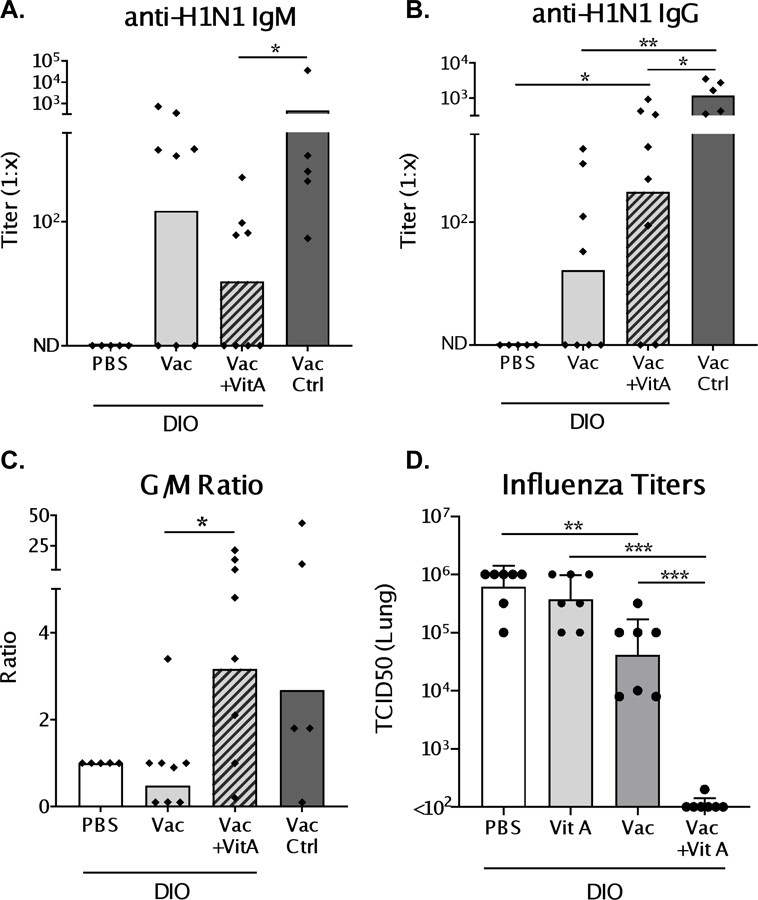Figure 3. Virus-specific antibodies post-vaccination and virus load post-challenge in diet-induced obese (DIO) mice.

Mice were vaccinated with inactivated pdmH1N1 virus in a prime-boost scheme. At the time of vaccination, and d.3 and d.7 post-vaccination, mice received either 600 IU vitamin A or PBS. One week after boosting, sera were collected and tested by ELISA for IgM (A) and IgG (B) virus-specific antibody responses. (C) Ratio of IgG to IgM (G/M) titers were determined to evaluate the amount of antibody isotype switching. Mice were challenged intranasally with homologous virus (106 TCID50) two weeks after the last dose of vaccine. Viral titers in the lungs (D) were measured in both vaccinated and unvaccinated DIO mice treated with vitamin A or PBS on d.3 post-infection. Each dot represents a single mouse. For antibody results, a representative experiment is shown for 4 independent experiments with 5–8 mice per group [PBS/C57BL/6 control mice: n=5; vaccinated/vaccinated+vitamin A test groups: n=8]. For influenza virus titers, a representative experiment is shown for two experiments, each with 7 mice per group. Significant differences were determined by Mann Whitney U tests. *p<0.05, **p<0.01, ***p<0.001.
